JI personally haven't washed my face with soap for months - maybe even a year.
I don't because using oils gives me much cleaner skin. Plus, it feels better and I don't have to deal with chemicals I don't recognise.
Having doubts? - Try the oil cleansing method and learn how to wash and cleanse your skin with oil!
[lepopup slug='optin-diy-recipes']Guide to washing with pure oils
- Guide to washing with pure oils
- The oil cleansing method
- What is the oil cleansing method?
- How does the oil cleansing method work?
- How do you wash your face with oil?
- When should you use the oil cleansing method?
- What do you need?
- Which oils should you use?
- Does it work?
- Examples
- How to get started
- How to use oil to wash your face
- How long should you use the method?
- What if the oil cleansing method isn't for you?
- Questions and answers
- Conclusion
The oil cleansing method
Have you ever heard of the oil cleansing method (OCM)? Or perhaps in Danish - Olierens or olie rensemetoden?
It is a natural facial cleanser or cleansing method that is good for delicate skin, sensitive and acne-prone skin. The oil cleaning method is, in its simplest form, a method whereby you exchange soap for oil.
The skincare industry does its best to convince consumers that things like soaps, toners and other cleansers are necessary to achieve a perfect complexion. An oil cleansing method works in the exact opposite way.
Instead of sticking multiple products on your skin, clean it with oil.
Most people find the idea of using oil to cleanse the skin a little unconventional.
We did that ourselves in the beginning.
But if you've already spent way too many products (and money) in the quest for softer, radiant-looking skin, you'll definitely want to know why this method could be the best shift you can make for your skin. Find out here!
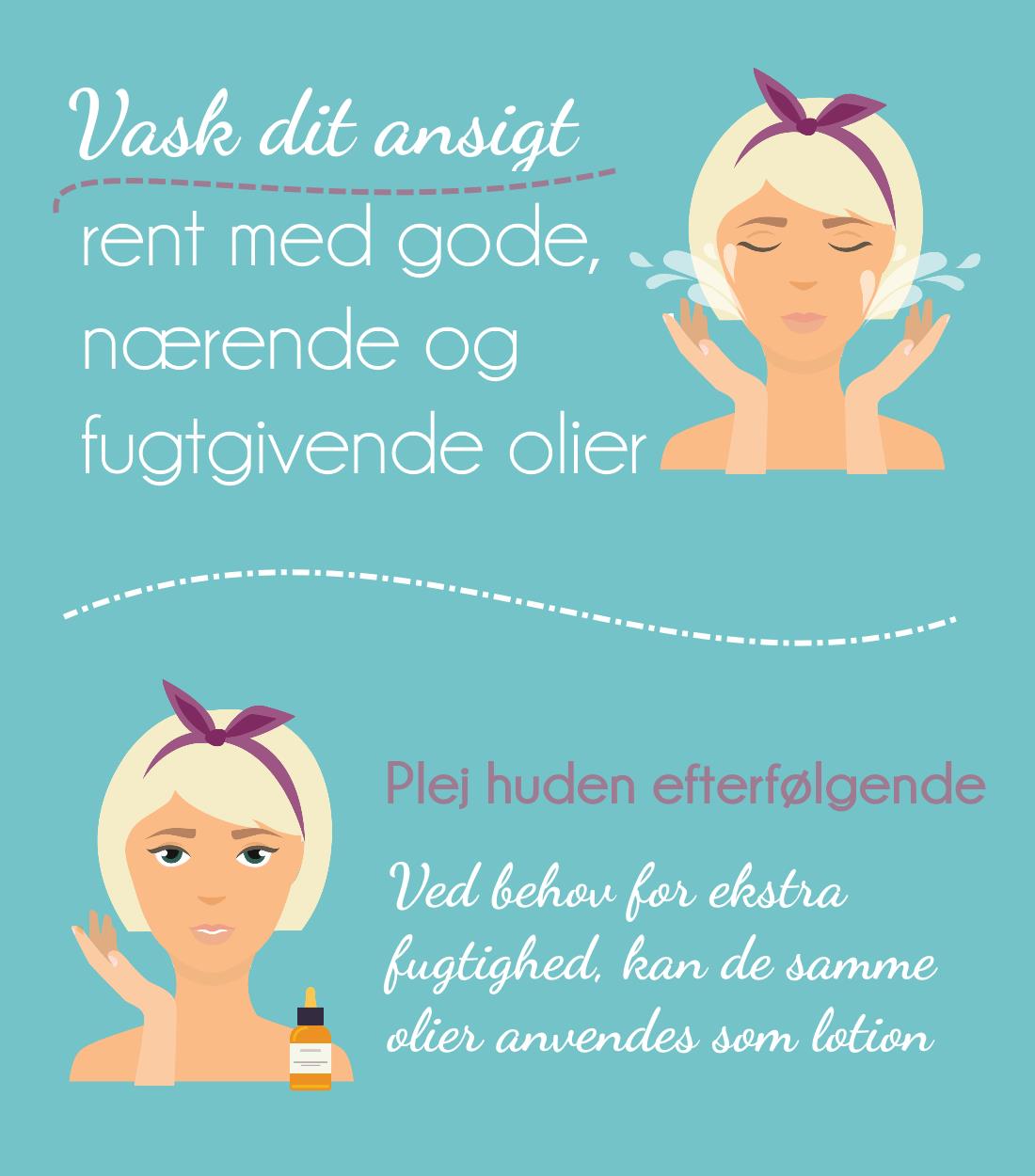
What is the oil cleansing method?
The oil cleansing method (OCM) probably defies most of what you know about proper skincare, especially if you have oily and sensitive skin. Instead of using chemicals and synthetic ingredients, the oil cleansing method relies on the right combination of oils to naturally cleanse the face.
Aside from the cleansing effect on your skin, pure oils also contain antioxidant and moisturising properties. Not only do they rid your skin of deep-seated dirt, but they also remove the bad oil from your skin.
And this is exactly the idea behind the oil cleansing method. Not only do you get Removed makeup residue, the oils help to dissolve your skin's own oil and also draw out other impurities from the skin's surface. All it takes is for more people to give it a try and enjoy the results.
How does the oil cleansing method work?
The basic concept of this skincare and cleansing method is as follows. The oil used to massage into your skin will dissolve the oil that is already trapped and hardened with impurities in your pores. You remember - oil dissolves oil.
The vapour will open your pores so that the oil and any impurities can be easily removed. Should you need it, the tiniest drop of the same oil dabbed onto your damp skin will provide the necessary moisturisation you need to keep your skin from overcompensating in oil production by the skin's own sebum.
Of course, your skin already has oils to begin with. This is the oil your skin produces itself to protect and moisturise the skin. It can also be applied from external products, such as makeup and moisturisers.
The oil cleansing method works with the oils you already have on your skin. As you massage the oil onto your skin, it will effectively draw dirt and excess oil build-up from your pores. Compared to other pure oil applications, the oil cleansing method won't stay on your skin for long. It won't penetrate deep into your pores and therefore won't clog them.
The oil cleansing method simply breaks down the existing oil on your skin and pulls any dirt out of your pores. These impurities will then be washed away with a cloth, leaving you with much cleaner skin.
The cleansing method provides lubrication and moisturisation to your skin. The result is a clean, fresh and moisturised face.
If you have dry skin after using this cleansing method, you can use just a few drops of oil to moisturise your skin.
Although the oil cleansing method offers you many great benefits for your skin, it also requires a bit of preparation. To get the most out of this cleansing method, you need to know which oil combination best suits your skin type.

How do you wash your face with oil?
Don't be afraid to apply oil to your face. Oil alone will not bring you spots, pimples, cysts or blackheads. These are the result of several different factors, including hormones, dead skin cells, bacteria and a build-up of these over time.
Your skin naturally produces oil all by itself. It does this because it needs to. The skin is the largest organ and it simply needs this oil for the skin to function properly.
Not only does it act as a helpful lubricant for the skin, it also heals, protects and moisturises your skin so it can function properly. Well-functioning skin is beautiful, clear and glowing. It's all about learning to work with your skin and not against it.
When should you use the oil cleansing method?
You can use this cleansing method both morning and night.
Use the oil cleansing method in the evening before going to bed
Mix 2 tbsp. of your favourite base oil (e.g. castor oil) with 1 tbsp. of your other favourite base oil (e.g. jojoba oil).
You decide in which instalments you want to use your oils. It could be 1/3 of one and 1/3 of another, but it could also be ½ and ½ of each. It ultimately depends on your skin type and what your skin tells you it likes best.
Massage your face into your oil mixture and then follow the above guidelines on how to wash your face with oil.
Use the oil cleansing method in the morning (optional)
Only use this method in the morning if you think your skin really needs the extra cleansing. Be careful not to over-cleanse your skin as this can lead to pimples, irritation and overproduction of sebum.
The oil cleansing method can also be used in the morning, but this is completely optional and should only be done if your skin is particularly blemished.
You can optionally combine with a natural exfoliation of the skin. Mix 1 tsp. baking soda with 1 tsp. water to form a thick paste. Apply the mixture to your face with an old make-up brush and leave it on for a minute. Then cleanse the skin well with water.
Baking soda has the unique property that it acts as a very mild exfoliation of the skin while not drying it out. Use this exfoliation before moving on to the oil cleansing method.
What do you need?
Ok, let's get started, shall we?
Before you begin, make sure you have the following:
- Some good, soft washcloths
- Your favourite oil blend, based on your skin type
- Hot water
That's it.
Which oils should you use?
You have many options when it comes to choosing cleansing oils. However, you should keep in mind that you need to listen to your skin's needs when choosing the right combination. You might not get it right the first time.
To get the most out of the oil cleansing method, you need to choose two basic oils. The reason for this is that two oils compensate for each other in areas where one is not sufficient. This helps to give the blend a good cleansing power and to maximise the vitamins and minerals on the face.
The choice of oils is entirely up to you, but feel free to experiment with some of the ones below:
Castor Oil to Oil Cleansing Method
Castor oil is a vegetable oil extracted from the seeds of the castor plant. The oil is sometimes also referred to as American oil or holly oil. In English, the oil is called Castor oil. It is an oil that is slightly pale yellow in colour and has a distinct aroma and texture. You can read more about castor oil here.
The oil has been used for centuries both externally and internally to treat various diseases and skin conditions as well as hair loss. More modern uses of castor oil include the treatment of acne and dry skin.
The oil is very cleansing and the consistency is quite thick. Therefore, it is important that mixing castor oil with another vegetable oil, as it is too harsh to use on the skin on its own. It is important that you choose an organic and unrefined castor oil when using it in conjunction with the oil cleansing method.
Castor oil is highly effective when it comes to this oil cleansing method as it cleanses really deeply. It naturally contains far more potent antibacterial properties when this is the case. However, because castor oil can be drying to the skin, you should use it sparingly at first, especially if winteror if you have severely dry skin.
If you suffer with very dry skin, you can add 3 parts almond oil with some castor oil. If you struggle with acne or Oily skinFor example, you can use 2 parts castor oil with 1 part almond oil.
Hemp seed oil for the Oil Cleansing Method
Hemp seed oil has become my new favourite oil. It has a comedogenic rate of 0, which means it is a non-clogging and non-blocking oil. Therefore, this means it's safe to use on acne-prone skin where it won't clog your pores.
In fact, it will help balance your excess sebum production. The flavour of the oil is also top-notch - I really like it.
When linoleic acid in the skin is unavailable, the sebaceous glands produce sebum with oleic acid, which is drier and firmer than healthy sebum.
This drier and firmer sebum can then easily settle and form blackheads, which can eventually result in pimples.
Hemp seed oil contains a perfect amount of essential fatty acids and therefore provides your skin with the much-needed linoleic acid if it is lacking. In addition to this, hemp seed oil is also bursting with good vitamins.
Vegetable oils
Oil cleansing method for combination skin type
Oils: Almond oil and Jojoba oil
If you have combination skin, sweet almond oil and jojoba oil can be a great combination for your skin. Both oils are both moisturising and gentle. A good mix for these two oils would be a 50/50 ratio.
Vegetable oils
The oil cleansing method for delicate and sensitive skin types
Oils: Hemp seed oil and jojoba oil
With sensitive skin, some oils are better than others. Two of these are hemp seed oil and jojoba oil. Hemp seed oil is also an excellent choice for reducing inflammation, redness and skin irritation. Try two parts hemp seed oil and one part jojoba oil.
Vegetable oils
The oil cleansing method for dry skin type
Oils: Argan oil and Avocado oil
Dry skin can cause flaking and flaking. If you're looking for an excellent pairing to help moisturise your face, look no further than argan and avocado oil.
If you find this mixture too oily, you can add a little hemp seed oil or castor oil to your mixture.
Vegetable oils
The oil cleansing method for normal skin type
Oils: Apricot kernel oil and Castor oil
Normal skin types need the right balance of astringent (tissue contracting) and moisturising oils. Apricot kernel oil and castor oil work well together to complement normal skin types.
We recommend starting with 2 parts apricot kernel oil and 1 part castor oil. If you find the mixture either too drying or greasy, you can change the ratio slightly.
Vegetable oils
Does it work?
One of the most common reasons why several skincare products fail to live up to their promises is because they completely deprive the skin of all nutrients and existing oil. Without these factors that the skin actually relies on, your skin becomes far too vulnerable to even begin its own repair.
- Usually, after using such products, the skin follows a typical cycle. Your skin will go through an episode of tightness and dryness, which is followed by occasional episodes of an oily sensation. During this cycle, the skin overcompensates for this dryness by producing more oil than it needs.
- Apart from this, most skincare products today are also produced with heavy fragrances and flavourings. So, even if they add a pleasant scent to the product, they can be irritating to the skin.
- Tons of products claim to be unscented and natural. To make sure you're only giving your skin the care it needs, always check the labels first to determine if they are truly free from added fragrances.
- The oil cleansing method works wonders if you thoroughly familiarise yourself with the process and know how to master it. In addition to finding and combining the best oils for your skin, you also need to know how often to use it.
- For best results, you may choose to complete the process every night in the beginning. You should also avoid adding other commercial products during the time you use this method. At least during the testing period itself. Aside from confusing your skin, certain types of products also cause your skin to become more oily, dry or acne prone.
- If you absolutely want to add extra features to your cleansing method, you can choose a drop or two of a essential oil. For example, it could be tea tree oil or lavender oil. But be sure to familiarise yourself with these oils beforehand and make sure you are not allergic to this type of oil.
It may take some time for your skin to get used to the oil cleansing method. If you don't see noticeable results right away, remember that all processes need time to work on your skin.
Examples
Mrs Pierce has trialled this oil cleansing method over a period of one month. Here you can see her results:
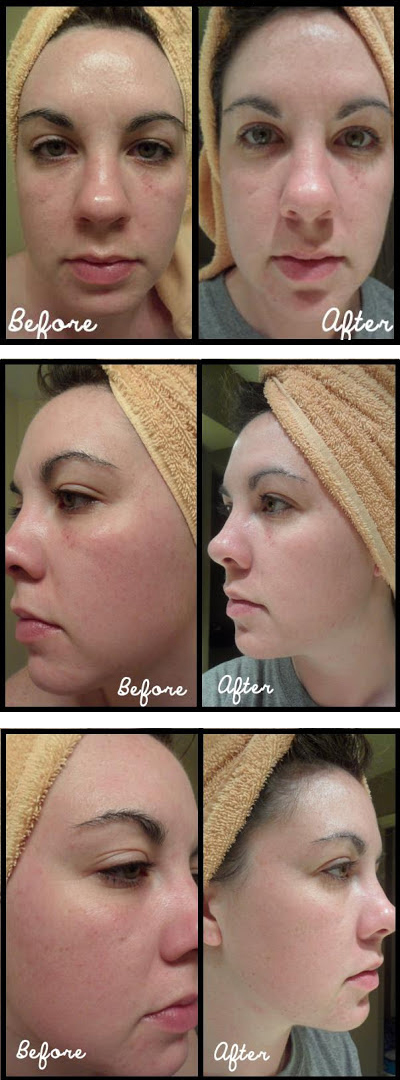
Here we find a other user of the method, which has achieved excellent results in a very short time.
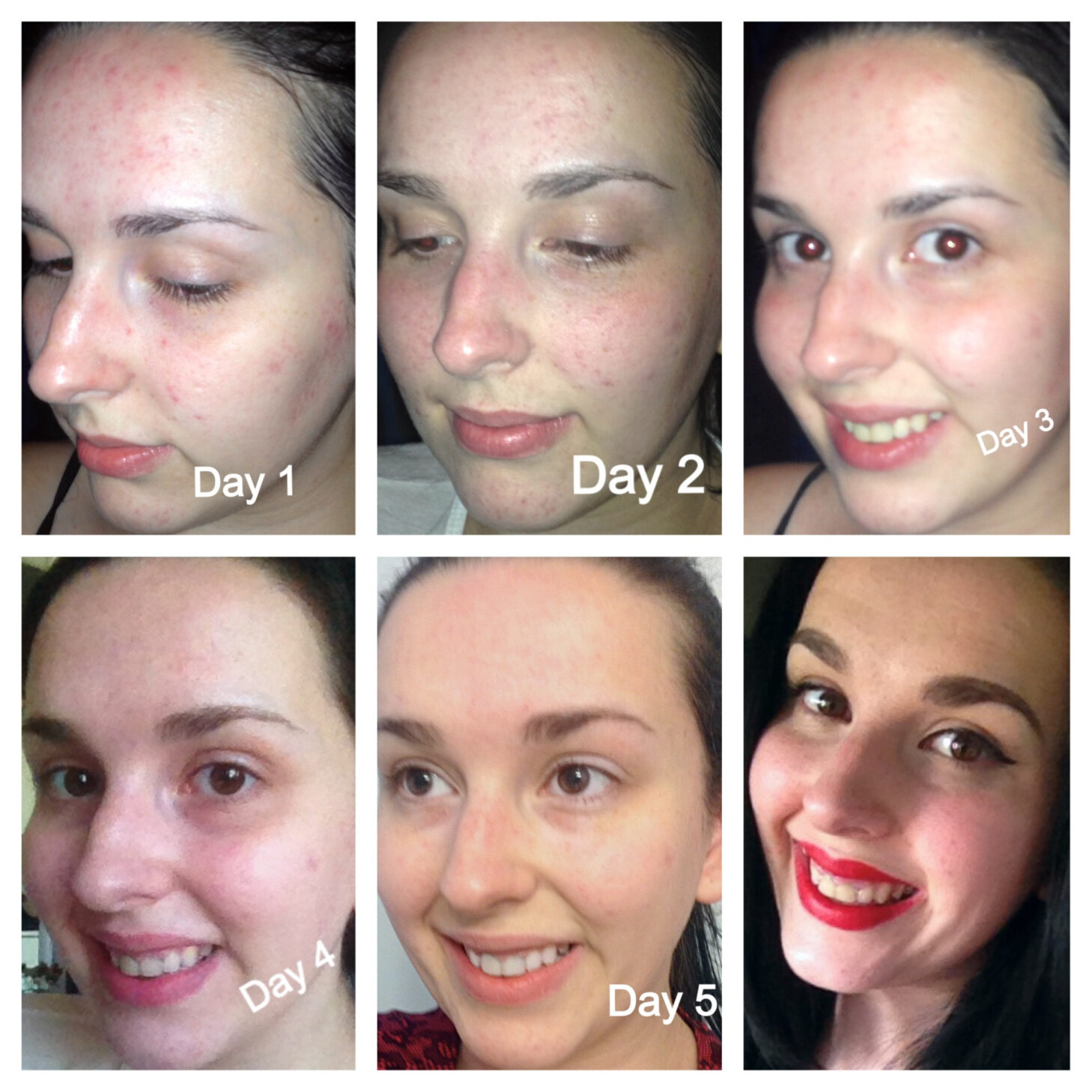
How to get started
The oil cleansing method works best when you do it in the evening before you go to bed. When you wake up in the morning, your skin won't need a deep cleansing treatment as your skin will be relatively clean and refreshed already.
For best results, simply dab a warm cloth on your face when you wake up in the morning. You should be careful not to over-cleanse the skin as this can lead to irritation, pimples, and excessive oil production.
How to use oil to wash your face
- Start with a dry face. Pour a quarter-sized amount of the oil mixture into the palm of your hand.
- With vigorous rubbing of the oil between your hands to warm up the oil.
- Gently apply the oil to your face in a circular motion. Massage it into the skin, but make sure not to rub too hard. Continue to massage the oil into the skin for 30-60 sekunder.
- Steam your pores. Turn on the tap to very hot water (as hot as you can stand, but obviously not scalding hot!). Wet a washcloth, wring it out and then lay the cloth across your face to steam your pores open. Let the cloth sit until it cools down to room temperature.
- Re-massage if necessary (optional). Massage your now steamed, oily skin again for another 5-10 sekunder to get any remaining impurities out of your pores.
- Steam again (optional). Rinse the washcloth, wring it out and place it on your face a second time.
- Cleanse your face. Once cooled, rinse your face again with a warm cloth until no more oil remains on your skin (about 1 or 2 more times). Then gently wipe your face clean. Remove all dirt and impurities from your skin and pores.
Add moisturiser (optional). Your skin will look and feel better from the very first use. Your face will be brighter and feel softer. If needed, you can moisturise with a small amount of one of your vegetable oils (I usually use prickly pear oil).
Video - how to do it
We give the floor to Sarah from myholistichabitswhich shows you step by step how to do it.

How long should you use the method?
- Don't let your acne win - Don't give up
Once you find a good blend of oils that your skin likes, you are free to continue using this method. As long as it works for you and your skin, there's no reason to stop. However, over time, we recommend that you don't do the cleansing method as often as you did in the beginning.
At first, you can try every day, every other day or maybe twice a week. It's entirely up to you and how you feel your skin reacts to the oil cleansing method. If it works, then definitely continue to wash your skin with oil.
If you use the oil cleansing method to primarily combat acneit's important that you don't give up after a few days, a week or two. Even if it looks like it's getting worse at first. You have to remember that pimples take several weeks to develop and that in the first few weeks, the skin is cleansed, forcing the "dirty" substances out of it. In other words, it takes some time and you should pack some patience in your rucksack.
What if the oil cleansing method isn't for you?
If this method proves to be too harsh for your skin, you can choose to do something else, but still wash your skin with oil.
So if it seems too aggressive on your skin. Then our philosophy is that you should go for a gentle and simple method that works for you. You can try the alternative method below instead.
First, rinse your face and neck with warm water. Then pour a generous amount of oil into the palm of your hand. You apply it as you would any other soap. You don't need to spend time massaging or rubbing it into your skin unless you really like the feeling. Simply apply the oil to your face.
Next, simply rinse the oil off again with warm water. You will find that a lot of the oil will remain on your skin, which is fine. If you want to exfoliate your skin, you can choose to do this now. Note that it's always a good idea to cleanse your skin with oil again after exfoliating.
Dub-dry your face and neck with a towel. Most of the oil will come off with this towel. If your skin feels dry or tight in any way, you can use more of the oil to moisturise.
Remember, you don't necessarily need to use a moisturiser afterwards. Here in Denmark, the skin can sometimes feel very dry, and a little extra oil afterwards can feel very nice. Feel your skin and do what it tells you.
Questions and answers
How often should you wash your skin with oil?
As mentioned earlier, you can, in principle, use this method as often as you feel the need. But you should always listen to your skin. You could end up over-cleansing your skin, giving you the wrong results, such as more oily skin, irritation or even an overproduction of the skin's own oil, which can result in pimples.
Can I use oils for oily skin?
Absolutely. Oils in themselves do not make your skin oily. If they do, it's usually because your skin is not compatible with the type of oil you're using or you're simply using too much oil. With this cleansing method, where you're basically not applying an oil that is meant to stay on the skin, you shouldn't have any problems with oily skin. At least not after your skin has got used to this new process.
I use cleanser, toner and cream for my skin, where does the oil fit in?
The oil cleaning method works like a soap, toner and moisturiser in one. Adding any additional ingredients can cause your skin to become confused. It can also cause pimples and skin irritations. When you choose to use this cleansing method, you won't need any of the other things.
Can I make my own blend?
Yes, you definitely can. Castor oil is a favourite base oil for your blend as it is thick and sticky in consistency. This makes it super effective at drawing out impurities from the skin. However, it's entirely up to you if you want a special oil for your specific needs. For example, it could be the following:
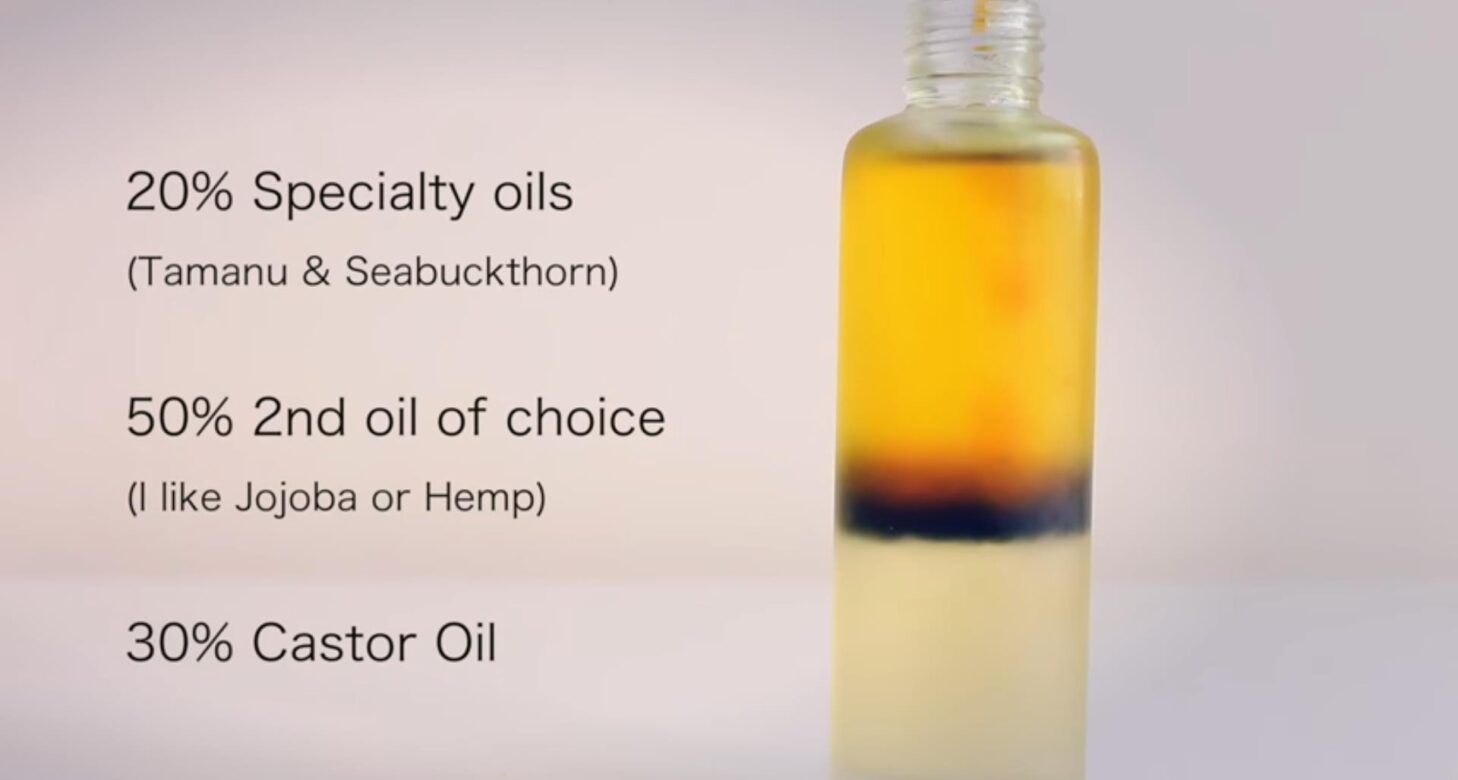
If I wear make-up, do I need to double cleanse?
If you're wearing even a small amount of makeup, you can massage the oil a little more to release it as well. However, if you feel like it's not enough, or you're wearing a good amount of makeup, you can either cleanse twice and/or use an natural washcloth with the oil to get your makeup of the face. However, the cleansing method should be enough on its own to remove makeup residue.
Can't I use coconut oil to wash my face?
In principle, yes. However, you should be aware that some people find that coconut oil exacerbate acne tendencies or feel that their skin gets a little too oily when using coconut oil on their face. Therefore, it is not an oil that is recommended on an equal footing with other oils when it comes to facial use. If you've used coconut oil on your face before without any problems, you should be able to use it. Or it could be a test case, in which case we recommend using one of the other oils instead. After all, there's no reason to risk it getting worse.
Can I cleanse my face with oil if I have dry or irritated skin?
Absolutely yes, in fact, it can only get better with the use of oils, unless it's because you have an allergy to oils and that's why you have irritated skin. But apart from this unique example, pure oil will help dry and irritated skin. So get started.
[lepopup slug='optin-diy-recipes']Conclusion
That's all for this time - what do you think? Is this oil cleansing method for you or are you keen to try just washing your skin with oil?
Let us know if you try it - and if so, what results you experience.
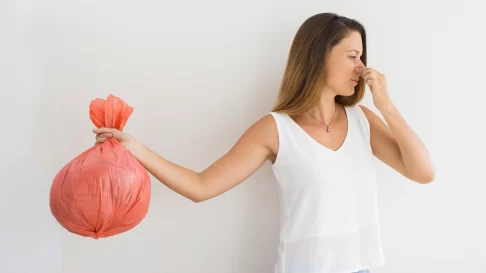





















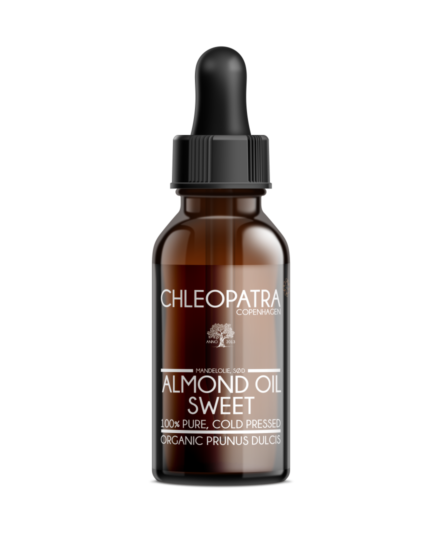


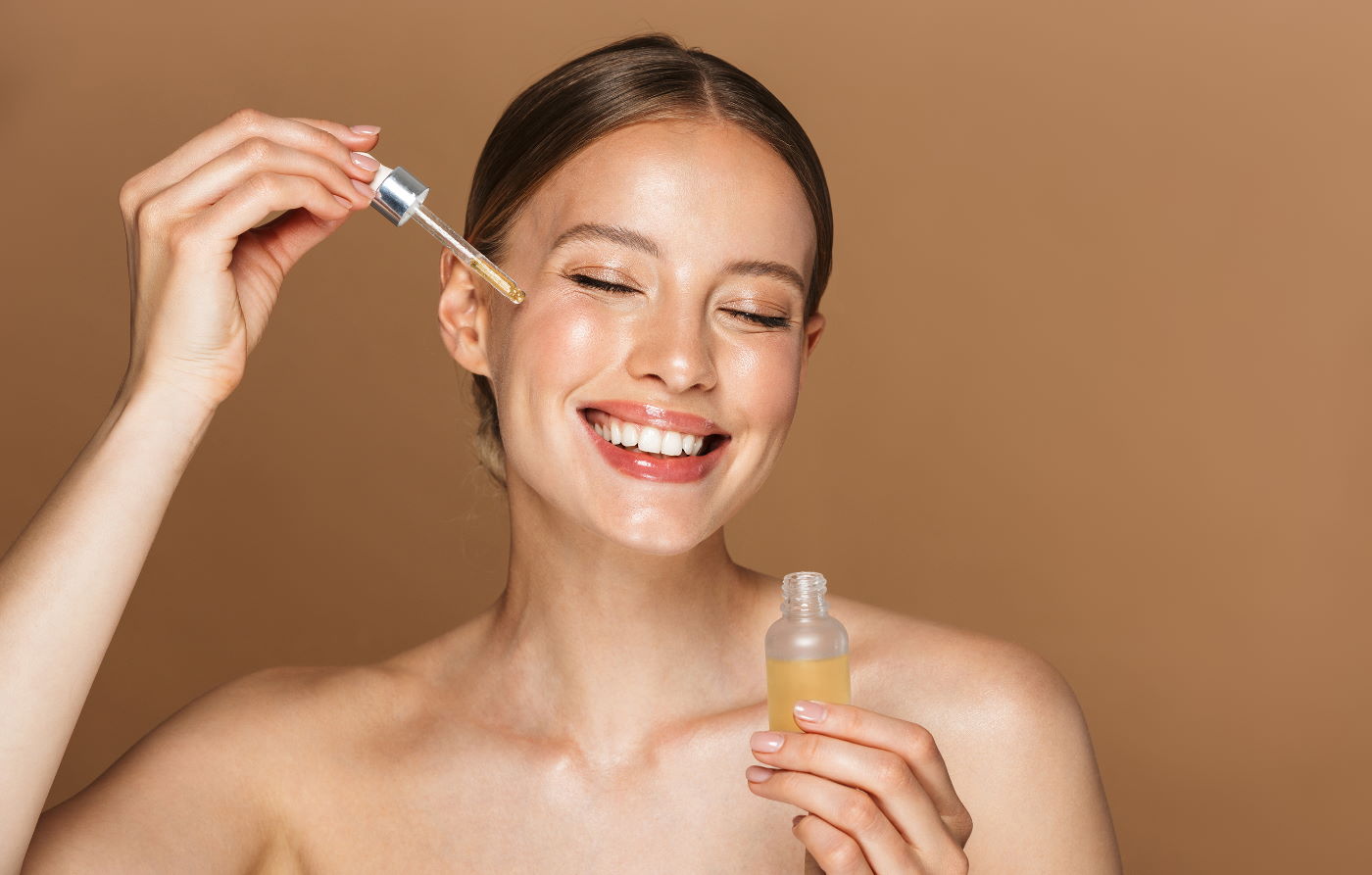
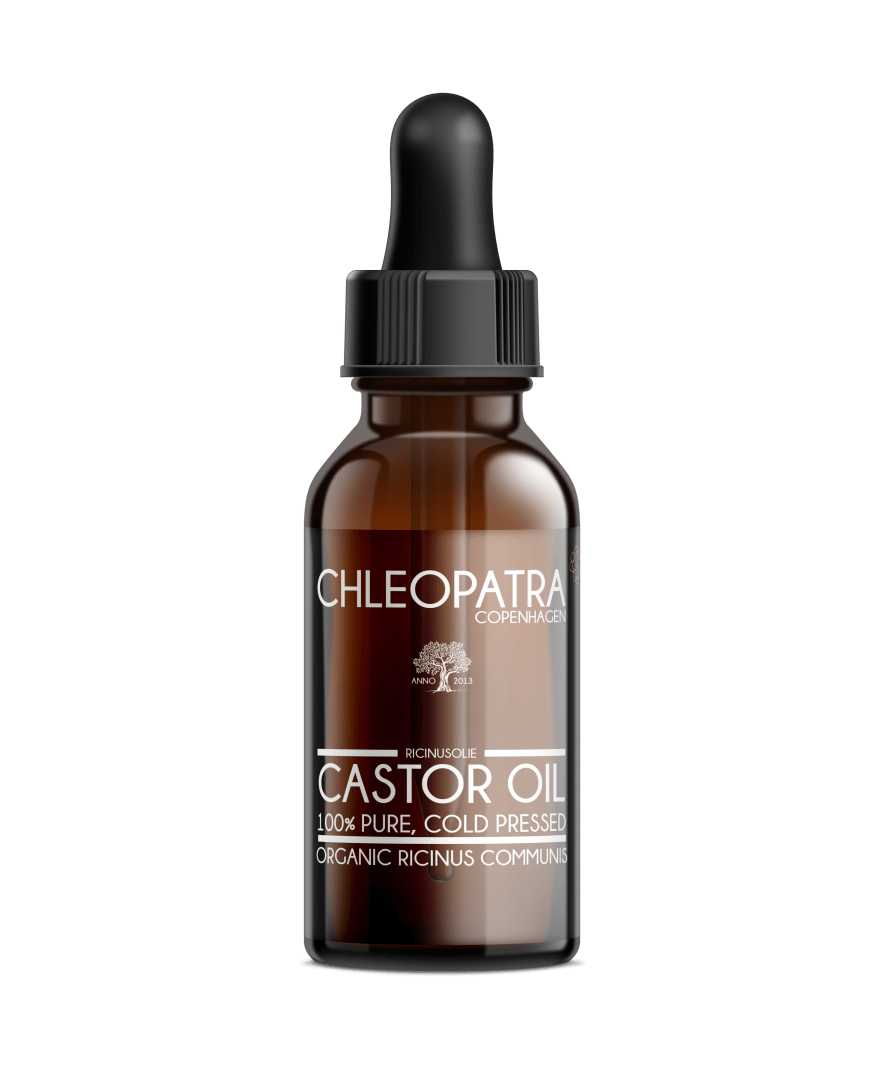
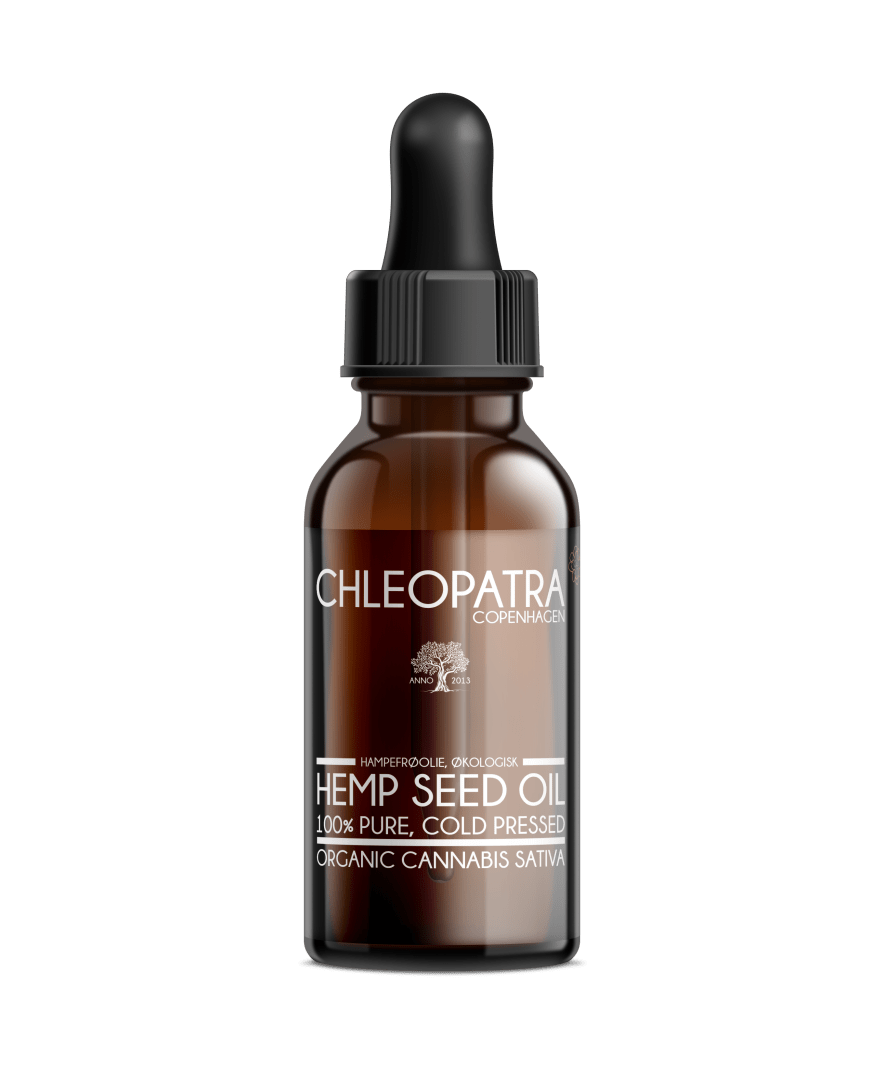


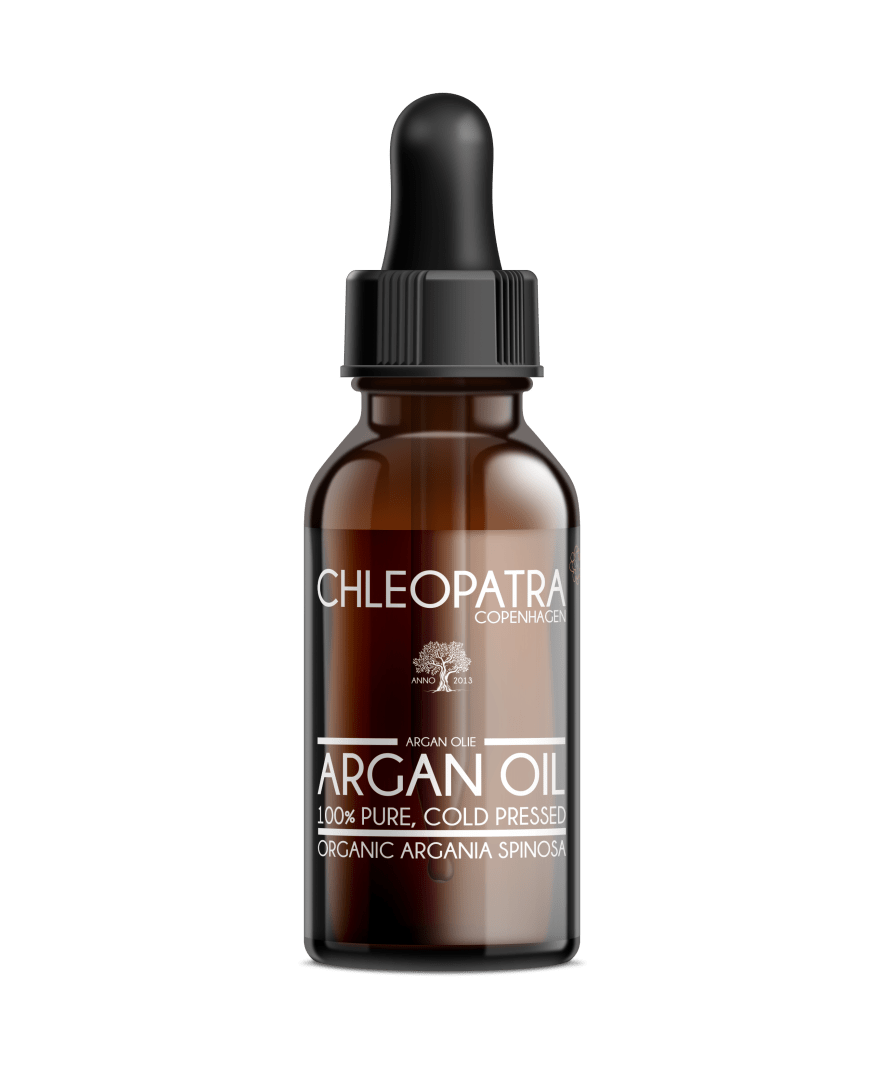



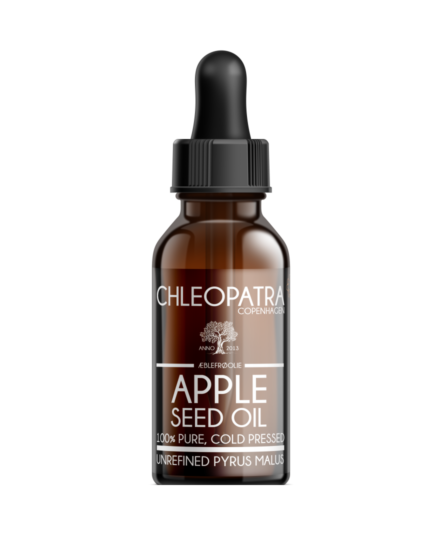






Hello, I have a few questions about which oils I should use... I am well aware that I should feel my skin, but just what I could start with. I have some acne, especially on my cheeks. My skin is also a little sensitive and I have a dry subcutaneous tissue. What could I start with?
Thank you in advance
Hi Rikke,
From what you write, I would recommend a tamanu oil. When we talk about acne and dry skin interacting with each other, tamanu oil is always a good start. But I would probably use the tamanu oil as a moisturising oil for the skin after washing. If you need an oil for the above cleansing method, I would recommend jojoba oil, as it is very similar to the skin's own sebum (oil) Macadamia oil could also be a great option.
Hope this helps you get started.
Regards. Morten
Let me get this straight; after such an oil cleanse, do I need to use serum and cream afterwards, or is it unnecessary?
Hi, mate,
It's basically up to you and your skin. Our advice is to listen to your skin. If you think it is still dry and needs moisturising, you can use a cream or a pure oil on your skin afterwards. Otherwise, in principle, it's not necessary. Again, it may also depend on whether you use this method daily, both morning and evening. For example, if you only use it in the evening, you may need something extra during the day and so on - hope that makes sense.
Hi Chleopatra
How many oils can I use at the same time? And is it really an ideal blend that I'm using? I am 52 years old and have an ok normal skin with no major problems. Currently, I have created a blend of Apricot kernel oil (50%) - Castor (30%) - Hemp seed oil (20%). I cleanse morning and night and then use a few drops of baobab oil in the morning and a few drops of jojoba oil in the evening as a moisturiser. There's no deep thought behind the choice, but it's just the selection of oils in the cupboard. Do you have a better suggestion for something more anti-ageing (which you always want after 50+) or a different mixing ratio?
Can you wash off the oil with rose water (or other flower water)? I don't find that plain water works well for me, I feel my skin gets deeply dry when I use tap water.
Hi Laura,
You can finish off by using floral water to remove the last remnants of excess oil from the skin with a wet cloth. If you think you can manage with floral water rather than lukewarm or hot water, that's up to you. There's nothing wrong with doing this, except that it's obviously more expensive. Alternatively, you could use warm water first and finish with floral water. If your skin feels very dry, you can also finish by applying a facial oil (and then let that oil absorb into the skin).